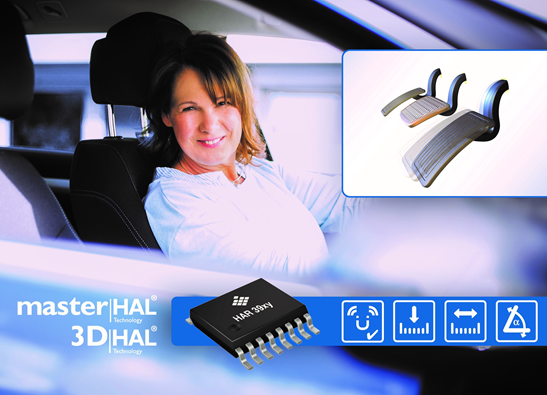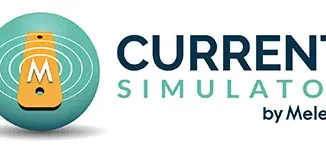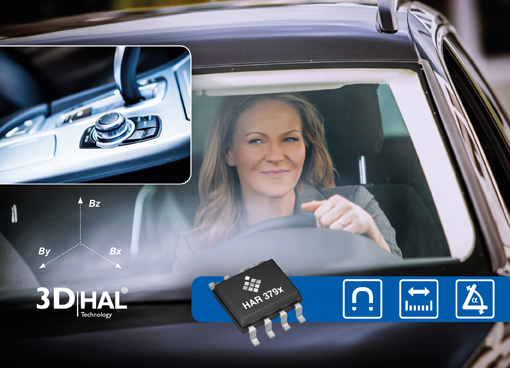
TDK Corporation plans to begin production next year on an expansion to its Micronas 3D HAL sensor portfolio with a new set that, based on the Hall effect, enable robust stray-field compensated position detection in automotive and industrial applications. They can make magnetic field measurements in three dimensions and detect stray-field position in two dimensions, enabling angular measurements up to 360° with ferrite 2-pole magnets in addition to linear measurements up to 35 mm by using two-pole bar magnets.
Both are dual-die SMD package versions of the company’s HAL 3900 and HAL 3930 sensors and are designed to meet stringent requirements for automotive safety. They suit a wide range of applications, including steering-angle position detection, transmission position detection, shifter position detection, accelerator and brake-pedal position detection.
The stray-field position detection can take both measurement types, with additional 3D measurements resulting in two independent angles for each die. HAR 3900 provides temperature-compensated raw values of the magnetic field in X, Y, and Z direction via the SPI interface while offering various low-power modes.
Patented 3D HAL pixel-cell technology which accurately measures magnetic fields is the core of the family. Each sensor contains two independent dies placed upon each other that are mechanically separated and electrically insulated. The two dies measure almost the same magnetic field, therefore ensuring synchronous output signals for system redundancy.
TDK-Micronas is the center of competence for magnetic-field sensors and CMOS integration within the TDK group. Since becoming the first company to integrate a Hall-effect based sensor into CMOS technology in 1993, it has shipped over five billion Hall sensors to the automotive and industrial market. Headquartered in Freiburg, Germany, it employs around 1,000 people. Production of the new sensors is set to begin in the second quarter of 2022. For more info, see www.micronas.tdk.com.



